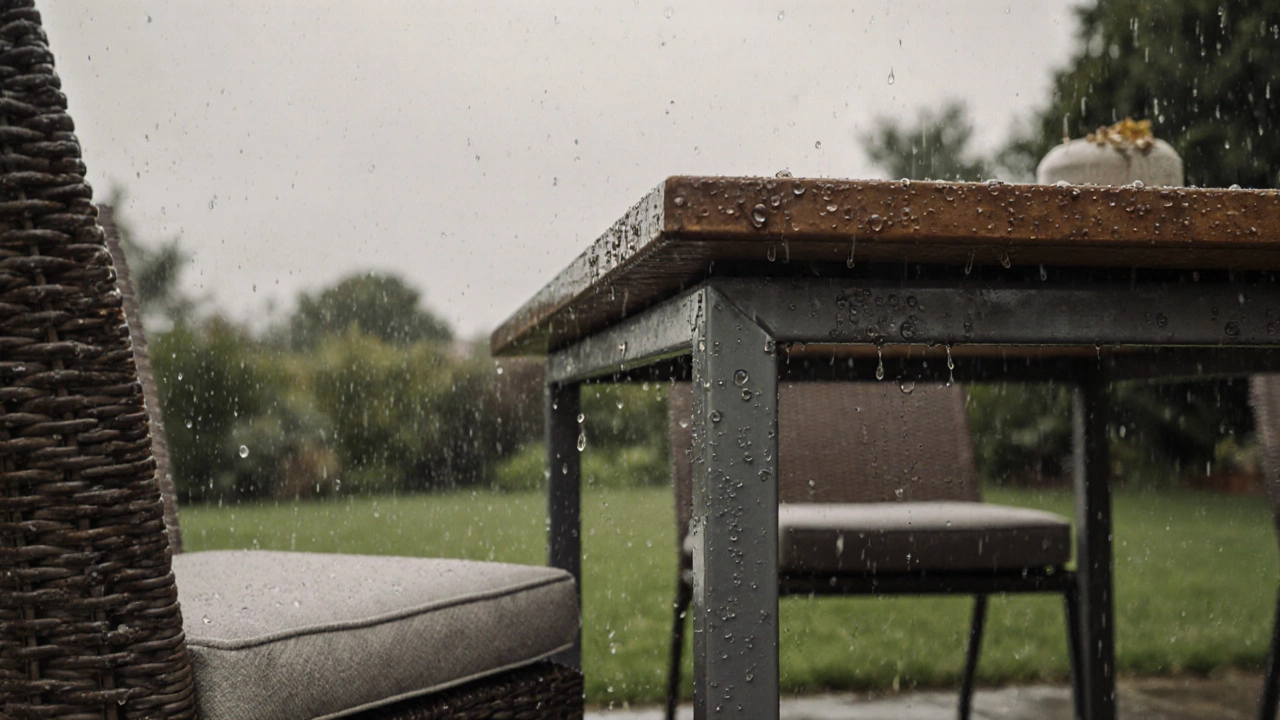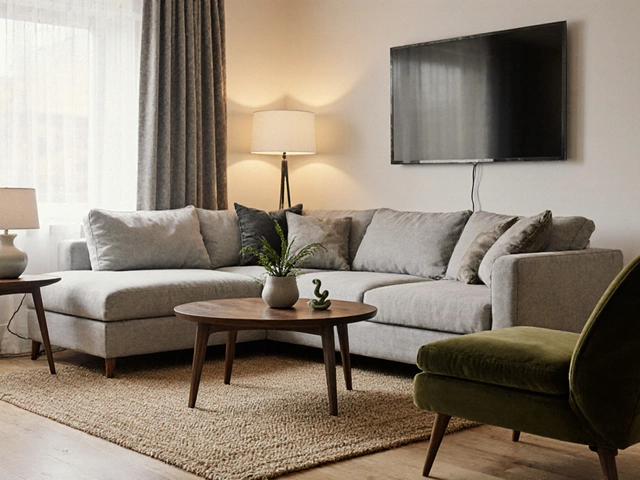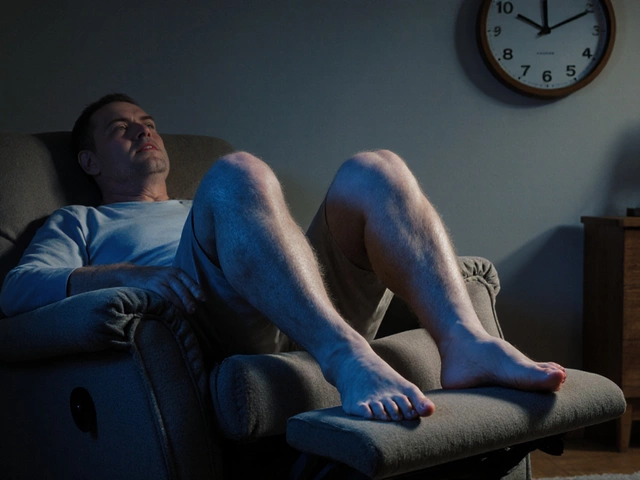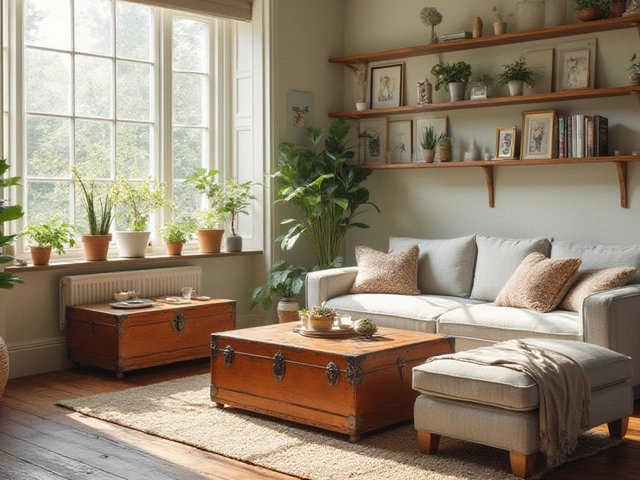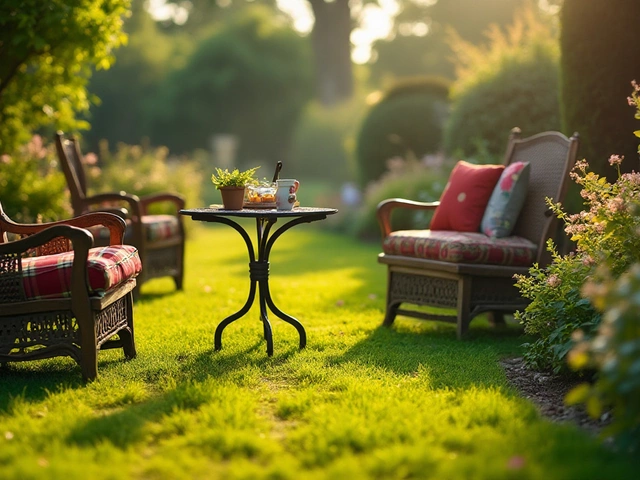Garden Furniture Rain Protection Calculator
Personalize Your Protection Plan
Select your furniture type and climate to get tailored recommendations for rain protection.
When the clouds open up, most people wonder if their garden furniture outdoor seating, tables, and accessories designed for use in the yard or patio will survive the next downpour. A soaking period can leave metal legs rusted, wood warped, and cushions mildewed - all of which cut the life of your set in half. The good news? With a few smart habits you can keep those pieces looking fresh season after season. Below is a step‑by‑step guide that covers everything from the right cover to quick daily tricks.
Why Rain Is the Hidden Enemy
Rain does more than just get wet. Water seeps into tiny cracks, pools on flat surfaces, and creates a breeding ground for mold. When the moisture evaporates, it leaves mineral deposits that attract rust on steel or aluminum legs. Wood absorbs the water, swells, and eventually splits. Even synthetic wicker can become brittle if it stays damp for too long. Understanding these damage pathways helps you pick the right defense.
Pick the Right waterproof cover a protective sheet made from vinyl, polyester or canvas that keeps rain out while allowing airflow
Not all covers are created equal. A cheap plastic sheet might stop the rain, but it also traps humidity, leading to mildew. Here’s a quick way to choose:
- Material: Look for UV‑resistant, breathable fabrics such as coated polyester. They shed water and let air circulate.
- Fit: A snug, custom‑shaped cover prevents wind from lifting it off.
- Seams: Welded or taped seams are less likely to leak.
- Gutters: Built‑in drawstrings or Velcro straps keep the cover tight.
For most New Zealand backyards, a garden furniture protection solution that combines a breathable fabric with reinforced corners works best.
Build or Buy a Simple storage shed a small, weather‑tight structure where you can keep outdoor pieces during wet seasons
If you have space, a roofed shelter takes the guesswork out of cover selection. A basic wooden or metal shed with a sloped roof directs water away and allows you to store cushions, blankets, and ornaments safely. Key points for a DIY shed:
- Choose a location with good drainage - avoid low spots where water collects.
- Use pressure‑treated lumber or powder‑coated metal to resist rot and rust.
- Install a simple double‑door system; one door for easy access, the other to keep wind out.
Even a garden‑center‑bought canopy can serve as a quick shelter if you don’t want to build from scratch.
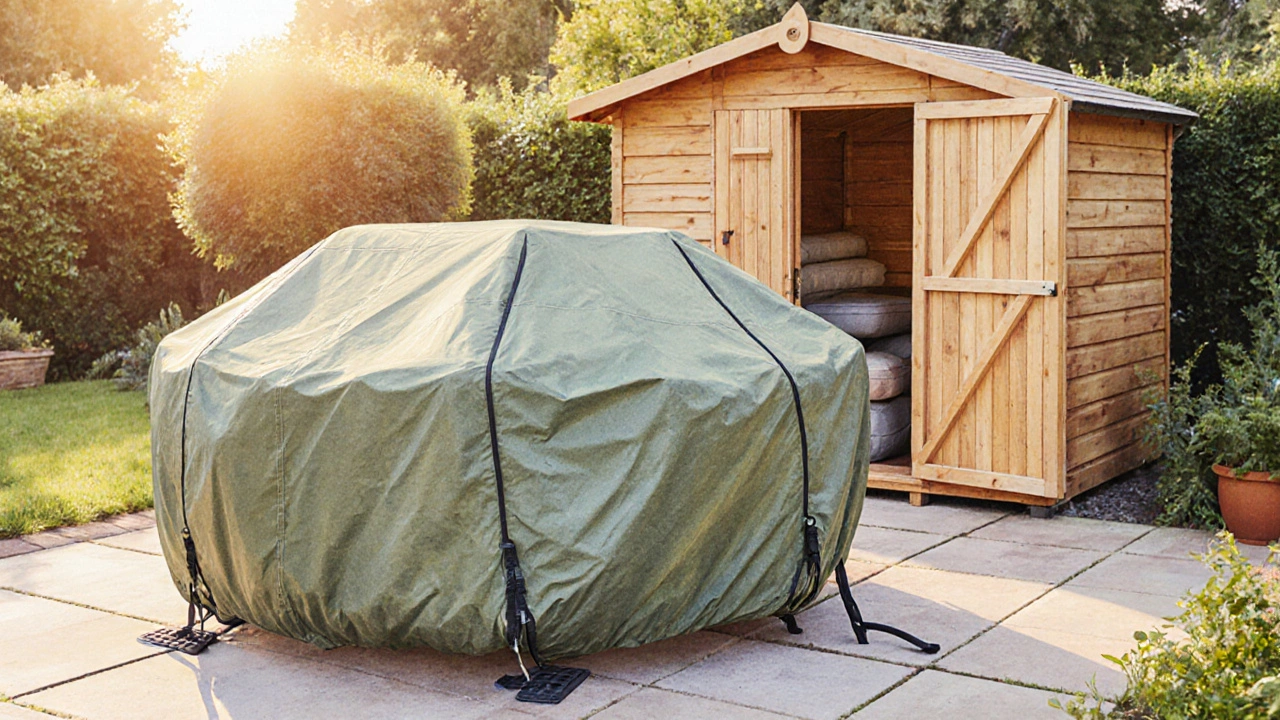
Treat Surfaces Before the First Storm
Applying protective products adds a barrier that water struggles to breach. Here are three must‑have treatments:
- UV‑resistant spray a clear coating that shields plastics and fabrics from sun damage while repelling water - spray it on wicker, cushions, and any painted metal.
- rust inhibitor a liquid or wax that forms a protective film on steel and aluminum surfaces - apply it to legs and brackets every spring.
- sealant a waterproof paste used on wood joints and exposed edges - use a marine‑grade sealant on teak or pine tables.
Follow the product’s drying time, usually 24hours, before exposing the furniture to any moisture.
Keep Cushions & Fabrics Fresh
Cushions are the first thing you notice when they get soggy. A damp cushion encourages mold, which can be hard to remove. Protect them with these steps:
- Choose cushions with breathable fabric textile that allows air flow while resisting water penetration - polyester blends or outdoor‑grade Sunbrella are popular.
- Store cushions in a raised, well‑ventilated bin when not in use. A simple wooden crate with slatted sides works.
- Apply a fabric‑guard spray once a year; it adds an extra water‑repellent layer.
If a cushion gets wet, brush off excess water, let it air‑dry in the sun for a few hours, then fluff it up to restore shape.
Mind the furniture legs metal, aluminum, wood or plastic supports that bear the weight of outdoor pieces
Legs are vulnerable because they sit directly on the ground. Here’s a quick fix:
- Attach small rubber or plastic pads under each leg to keep water from pooling.
- Lift heavy sets off the ground with short, sturdy blocks during heavy rain.
- Inspect for scratches each month; a quick touch‑up with rust inhibitor can stop corrosion early.
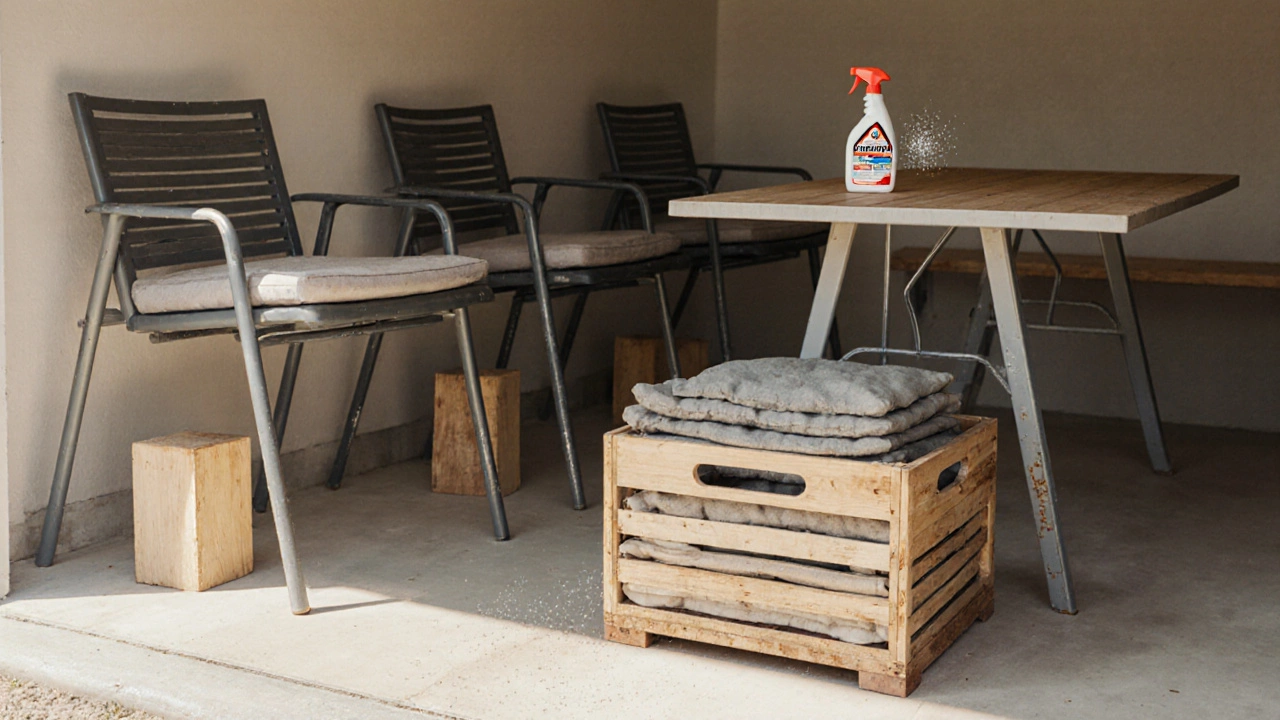
Seasonal Storage Checklist
When winter approaches, a concise checklist saves you time and money:
| Task | Why | Tools / Products |
|---|---|---|
| Clean all pieces | Remove dirt that can hold moisture | Soft brush, mild soap, hose |
| Apply rust inhibitor | Prevent metal corrosion | Spray‑on rust guard |
| Cover with breathable cover | Keep rain out while allowing airflow | Coated polyester cover |
| Store cushions in a dry bin | Avoid mold growth | Ventilated storage box |
| Lift heavy items off ground | Stop water pooling on legs | Sturdy wooden blocks |
Quick Tips at a Glance
- Invest in a fitted, breathable cover - it’s the cheapest way to add years.
- Treat metal legs with rust inhibitor every spring.
- Never store cushions directly on the floor; use a ventilated container.
- Check drainage around any shelter; standing water defeats the purpose.
- When rain is forecast, pull the cover tight and secure the straps.
Frequently Asked Questions
Can I use a regular tarp as a cover?
A tarp will keep water out, but it doesn’t breathe. Moisture trapped underneath can cause mildew. If you must use a tarp, add a layer of breathable fabric between the tarp and the furniture.
How often should I re‑apply rust inhibitor?
For Auckland’s coastal climate, a twice‑yearly schedule (spring and autumn) keeps metal legs in good shape. Spot‑treat any scratches as soon as you see them.
Is it worth buying a storage shed for a small balcony?
If you have limited space, a compact, weather‑proof storage box with a lid can be enough. Look for models with ventilation slots to avoid condensation.
Do outdoor cushions need to be removed every rainstorm?
If you have a well‑fitted, breathable cover, you can leave them in place. Removing them is only necessary when the cover is damaged or when heavy rain is expected for several days.
What’s the best material for a long‑lasting cover?
Coated polyester with a waterproof rating of at least 5,000mm and UV‑inhibitors performs well in New Zealand’s variable climate. It balances water repellency with breathability.
